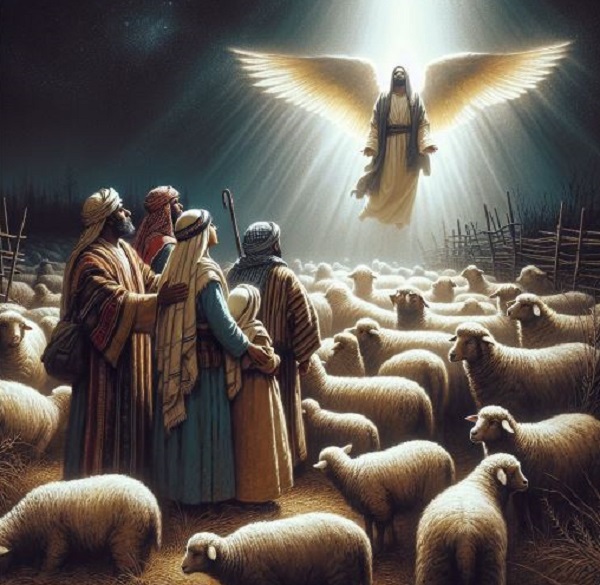
An angel announces the birth of the messiah to shepherds watching their flocks by night
This Christmas I wanted to bolster the faith of those who believe, inspire faith among those have not yet believed, and I wanted to do so by means of a clear sign or, alternately, a vision–not necessarily a supernatural sign but a natural (non-supernatural) sign. I wasn’t sure that would be possible since it is God who is the author and producer of signs, and I wasn’t sure he’d give one for this humble article. But as I was meditating on the advent narratives and praying about this, God graciously granted my request by opening my eyes to a sign I had not seen before. As I pondered it, it occurred to me that I was not the only one who missed it all these years for reasons explained below. We’ll get to that sign in a moment.
Now, with regard to signs, some may not realize this, but not all signs from God are supernatural. God does not always supernaturally manipulate the natural. Sometimes he simply works behind the scenes to bring about the indicated signs using only natural (non-miraculous) means.

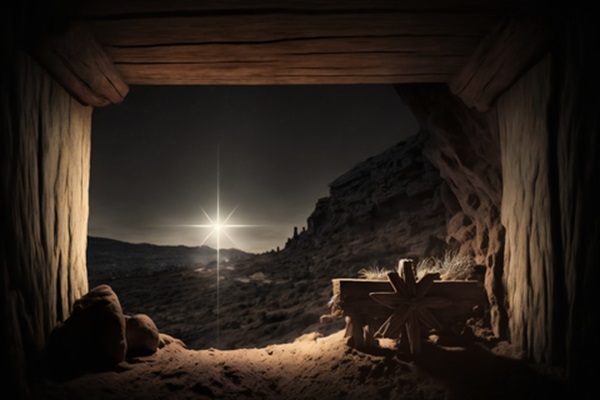
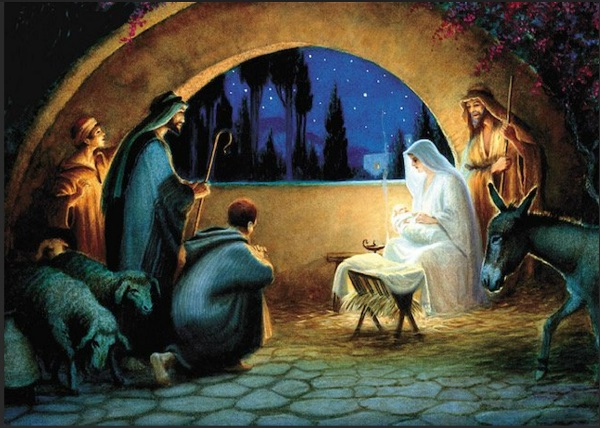
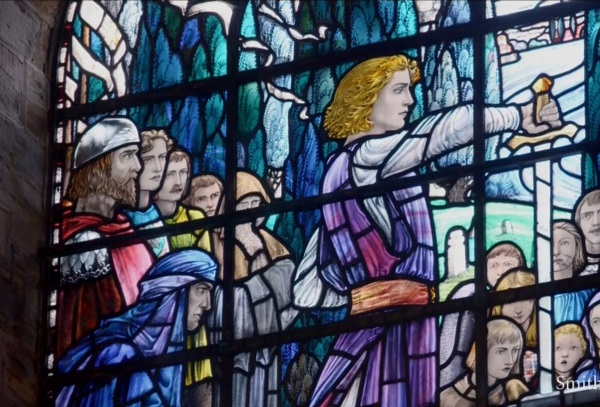
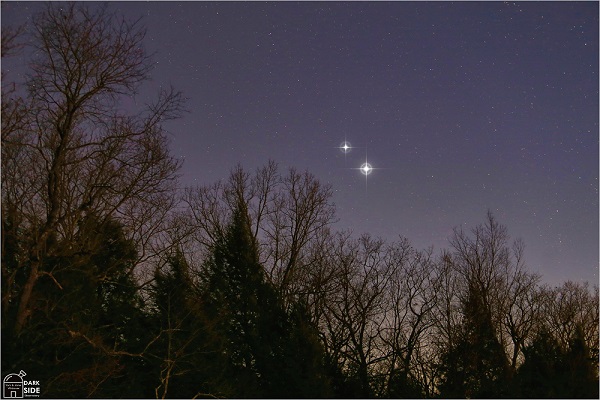
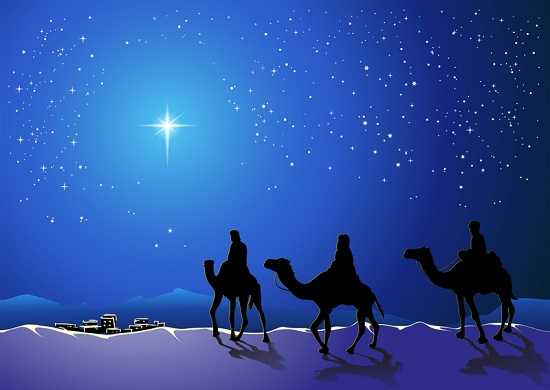
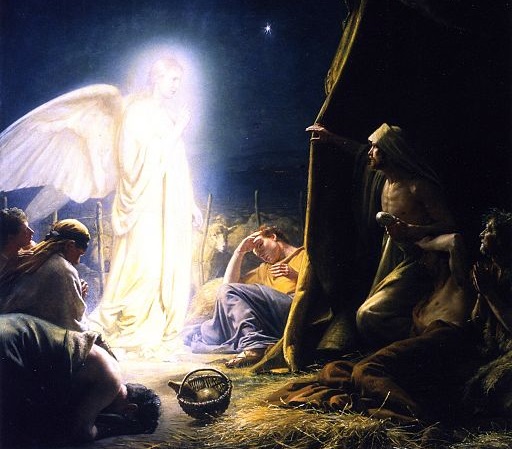
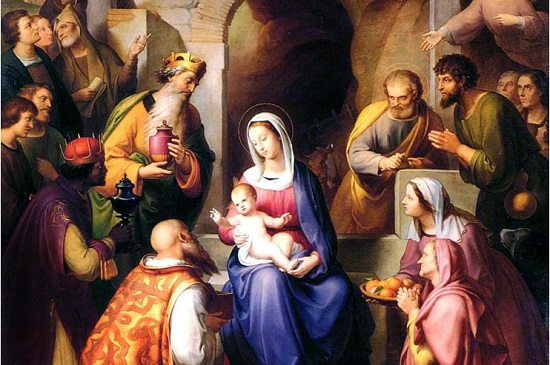

400.jpg)
_500.jpg)